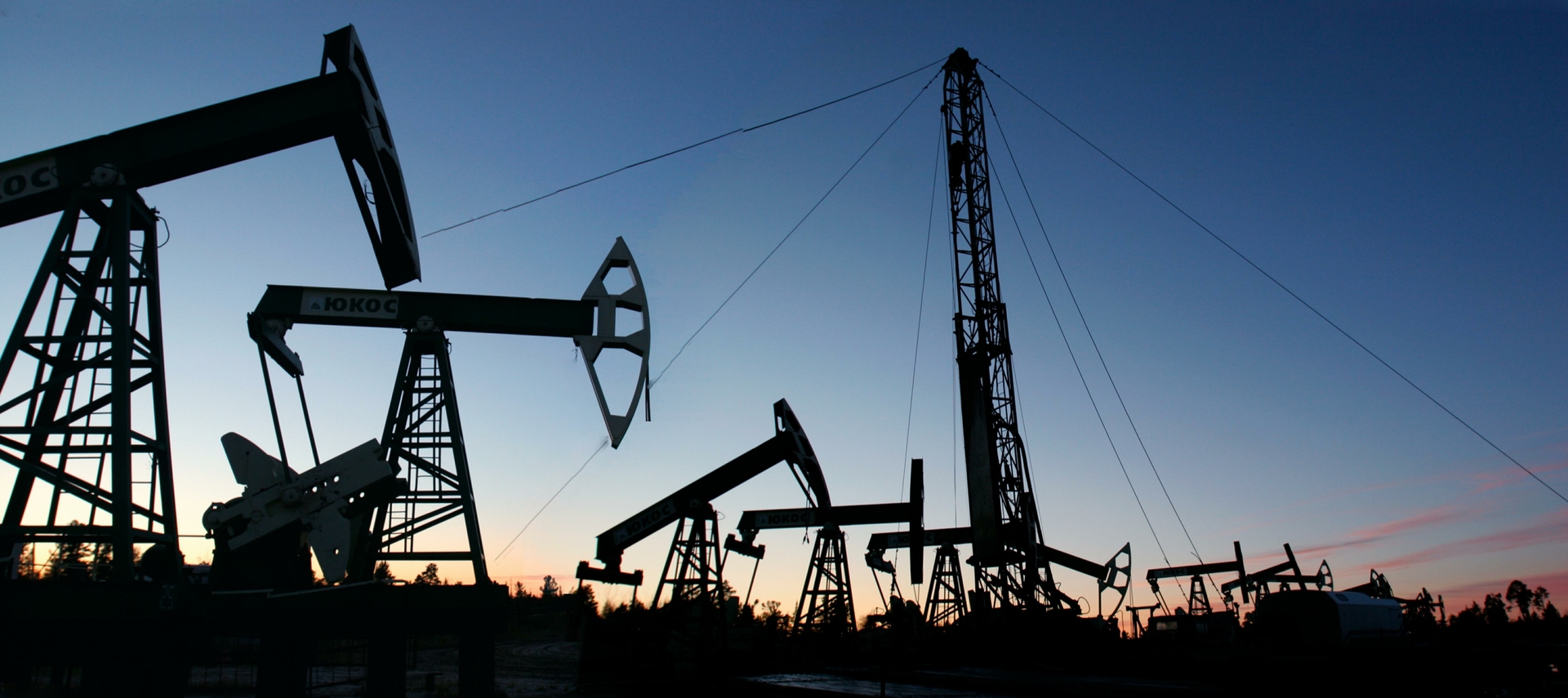On Thursday, April 1, the Russian currency is moderately strengthening during trading on the Moscow Exchange.
At the beginning of the day, the dollar rate decreased by 0.2% - to 75.57 rubles, and the euro rate - by 0.1%, to 88.69 rubles.
Note that in March, the Russian currency showed mixed dynamics.
So, in the first half of the month, the dollar rate dropped from 74.63 to 72.53 rubles, and the euro rate - from 90.07 to 86.52 rubles.
Values are the lowest since August 2020.
However, towards the end of the month, the rates of the dollar and the euro began to grow, and in the last days of March they stabilized near 75-76 and 88-89 rubles.
According to experts interviewed by RT, in April one of the determining factors for the Russian currency will be the dynamics of the spread of coronavirus in a number of countries.
According to Johns Hopkins University, the number of detected cases of COVID-19 in the world increased by 14 million in March, compared with 11 million in February.
At the same time, the total number of infected people exceeded 128 million.
The worsening epidemiological situation in the world raises concerns among investors about the prospects for the global economy.
In these conditions, financial market players can begin to withdraw money from risky assets, including the ruble.
This point of view in a conversation with RT was expressed by the head of the analytical department of AMarkets Artyom Deev.
“The increase in the incidence of coronavirus in Europe and other countries, the introduction of new quarantine measures in a number of countries, the decline in consumption of raw materials - all this may affect the performance of the Russian stock market.
The Moscow Exchange and RTS indices risk falling below 3500 and 1450 points, respectively, as a result of which the ruble may also be under pressure, "Deev explained.
In addition, according to experts, foreign exchange investors are still alarmed by the sanctions risks.
Recall that in mid-March, Washington announced its intention to announce new anti-Russian restrictions in the near future.
Against this background, uncertainty among financial players increased, which led to an outflow of investments from the Russian debt securities market.
“The factor of pressure due to the sanctions is also a risk for the ruble, but not a priority one.
At the same time, we do not exclude that now the issue of anti-Russian restrictions may temporarily recede into the background, and the attention of the political arena of the world will again switch to the US policy towards China, "Nikolai Pereslavsky, an employee of the Department of Economic and Financial Research of the CMS Institute, said in an interview with RT. ...
At the same time, an appreciable support for the ruble may be provided by an increase in oil prices.
Oleg Bogdanov, leading analyst at QBF Investment Company, told RT about this.
“If the countries participating in the OPEC + deal reduce oil production at the same rate, and the world economy continues to recover, then the energy market will be skewed towards demand.
This can lead to an increase in oil prices up to $ 75 per barrel, ”the expert said.
Recall that under the OPEC + agreement, oil exporting states specifically limit the production of hydrocarbons.
Thus, the countries are trying to achieve a balance between supply and demand in the global energy market.
According to experts, the policy of the alliance members should keep oil prices from new collapses.
The next meeting of the alliance members is scheduled for April 1.
The parties are expected to agree on the terms of oil production in May.
© Nikolay Gyngazov / Global Look Press
In addition, changes in the monetary policy of the Central Bank may play in favor of the ruble.
In March, the Board of Directors of the Central Bank decided to raise the key rate for the first time since December 2018.
This decision was made by the top management of the regulator to curb inflation.
Meanwhile, as stressed in the Bank of Russia, in the coming months, the rate may be further increased.
According to Nikolai Pereslavsky, the increase in the key rate of the Central Bank traditionally leads to an increase in the yield of Russian debt securities.
As a result, investors are starting to actively buy the country's government bonds, which contributes to the strengthening of the ruble.
“Under these conditions, according to our estimates, by the end of the month the dollar exchange rate may fluctuate in the range of 73.5-77 rubles, and the euro rate - within 86-92 rubles,” concluded Pereslavsky.

